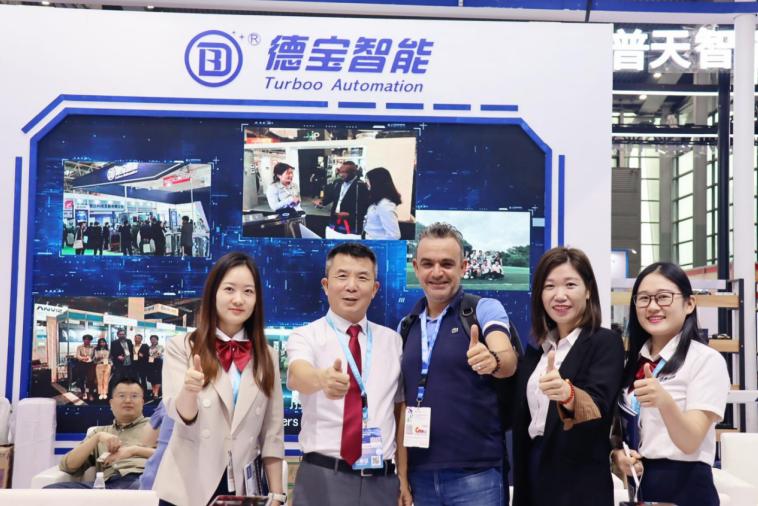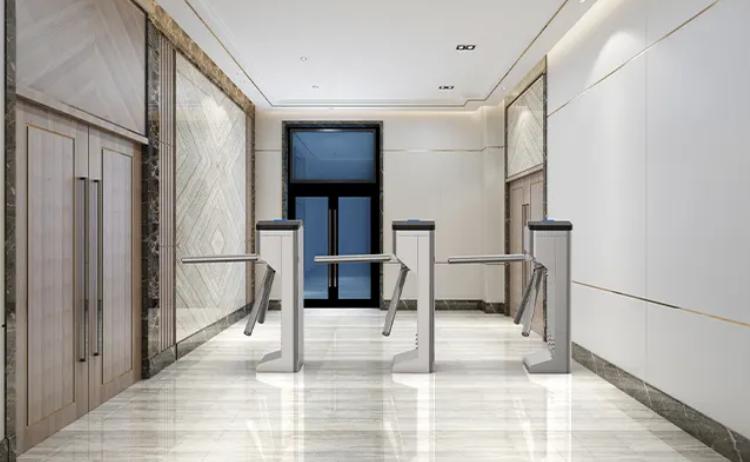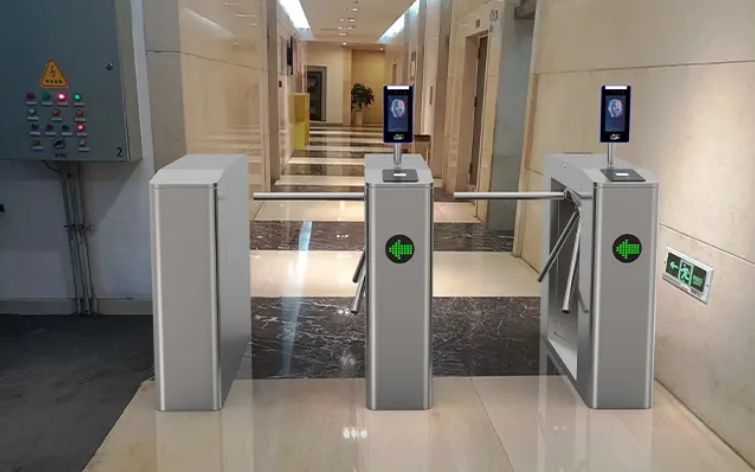Why Metro Projects Choose Tripod Turnstile for Peak Hour Control

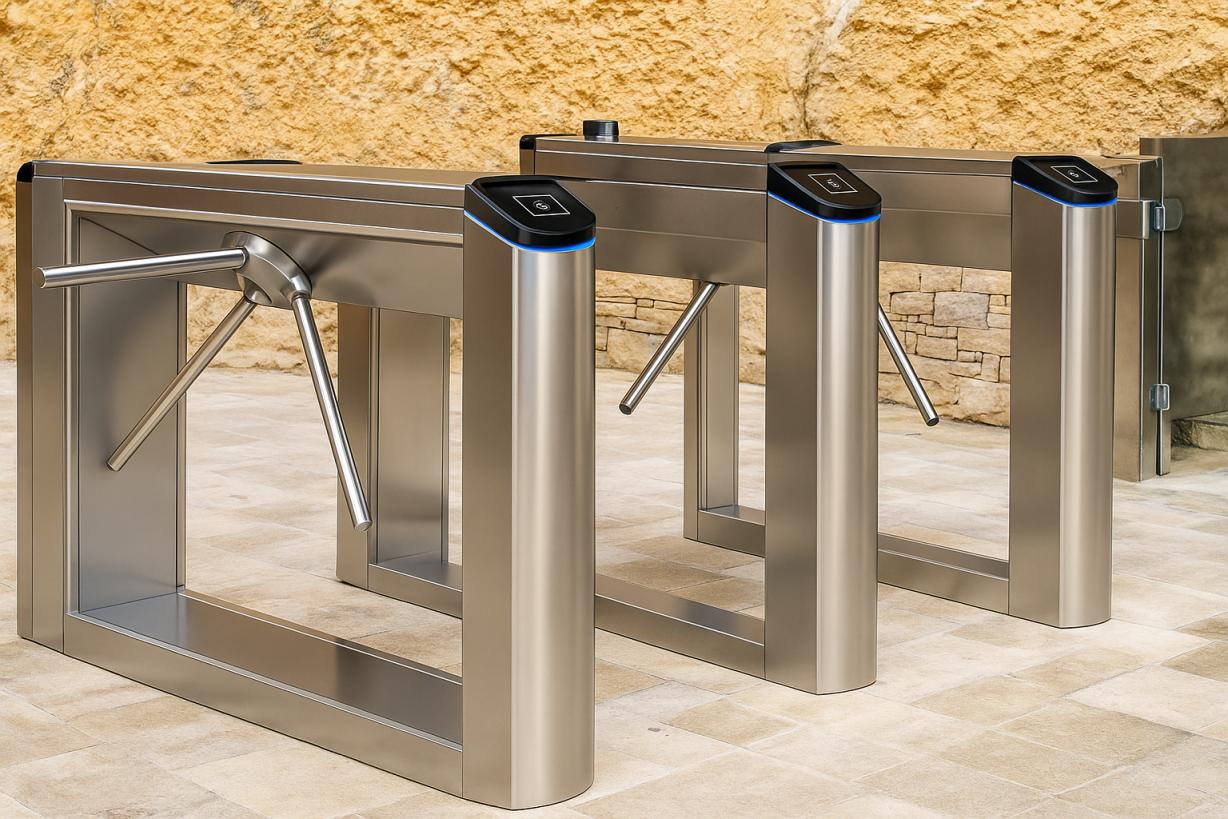
Rush hour exposes every weakness in a station. Tripod Turnstile For Metro Station turns chaos into a steady rhythm. It guides one-by-one entry. It stops tailgating and reverse flow. It keeps lines moving without shouting or extra staff. Many metro projects now choose tripod turnstiles for this exact moment. But what makes them hold up when crowds surge? Why do they beat heavier gate types in tight spaces and strict budgets? And how does Turboo’s design change daily operations? Let’s lift the arm and look inside.
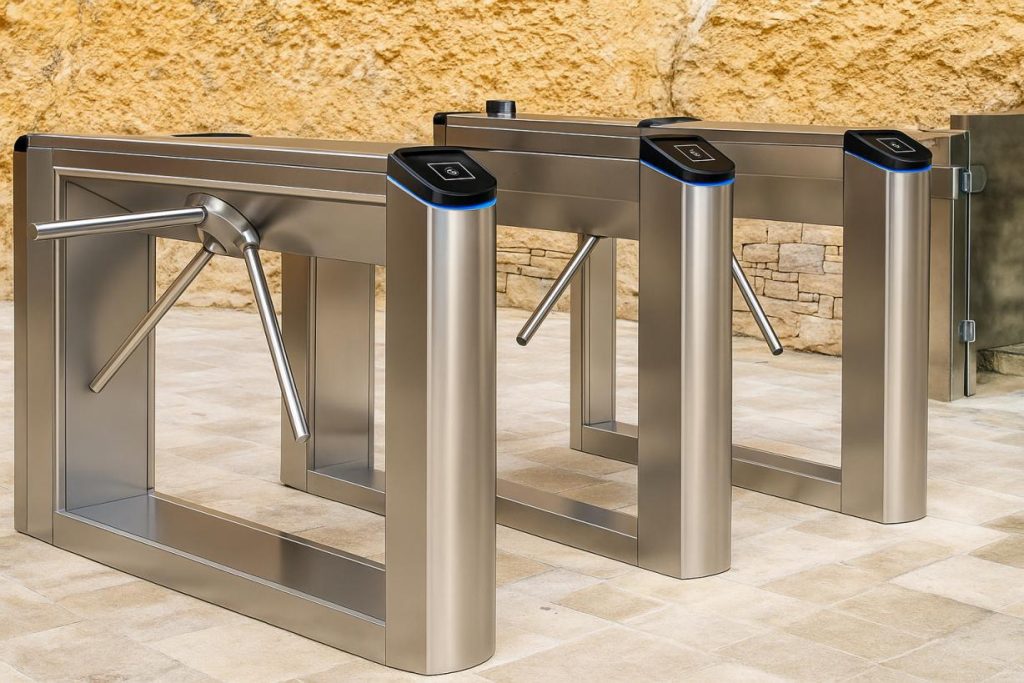
What Really Breaks In A Station
Morning and evening peaks expose hidden friction everywhere. Lines snake across concourses. Announcements get lost in noise. Staff juggle crowd guidance, ticketing questions, and safety watch. Meanwhile, service targets do not relax: uptime, accuracy, and throughput must hold steady.
A Tripod Turnstile For Metro Station addresses these stress points by enforcing one-by-one entry without slowing the flow. The physical arms create a natural cadence that stops tailgating and reverse passage, protecting revenue and keeping movement orderly at chokepoints. Clear visual cues – open vs. locked – reduce the need for constant staff intervention. For expanding networks, tripod lanes deliver dependable throughput with a compact footprint and a lower lifecycle cost than heavier gate formats. The outcome is less chaos, more calm, and consistent rider experience across the whole peak window.
- What Operations Leaders Ask From A Gate?
They ask for quiet operation, long service life, and quick recovery after any incident. They want behavior that is the same at 6:00 a.m. and 6:00 p.m., in summer heat or winter rain. They prefer simple maintenance routines and indicators that riders understand at a glance. These needs shape every decision we make at Turboo.
Design Choices That Pay Off In Rush Hour
At Turboo, reliability starts with mechanical discipline. A balanced drive, precise bearings, and tuned damping keep motion smooth and noise low. Smooth rotation does more than sound good: it reduces shock loads, extends component life, and keeps lanes available during the moments that matter most.
✅ Safety, Order, And Fast Recovery
• Anti-tailgating and anti-reverse stop unauthorized entry and backflow, cutting fare loss and reducing platform risk.
• Automatic reset returns the arm to locked if no one passes within the configured time, so lanes never sit unintentionally open.
• Power-off drop-arm releases quickly during outages; an optional remote drop lets staff clear lanes from a control point for evacuation or crowd relief.
✅ Clarity For Staff And Passengers
• LED indicators show green for valid credentials and red for invalid attempts. This instant feedback shortens hesitation at the reader and keeps lines moving.
• Single-unit lane capability supports modular layouts and phased expansions – add lanes when demand grows without rebuilding the concourse.
- Integration Without Rewiring The Station
A Tripod Turnstile For Metro Station must connect cleanly to the wider system. Turboo provides unified, standard electrical interfaces to simplify integration. Our gates work with IC and ID cards, QR/barcode scanning, and face recognition. Agencies can change fare media on their own timeline while running mixed modes during transition. The same interface supports extended functions – access control, attendance logging, and fee collection – so one lane can serve multiple operational goals.
Deployment Playbook: From First Pilot To Citywide Scale
Implementation succeeds when small decisions align with real passenger behavior. Start by mapping lane count and queue geometry to peak volumes. Then set credential priorities based on adoption: card today, code tomorrow, biometrics where policy allows. Train staff on indicator logic and the remote drop function so they can react fast to local surges.
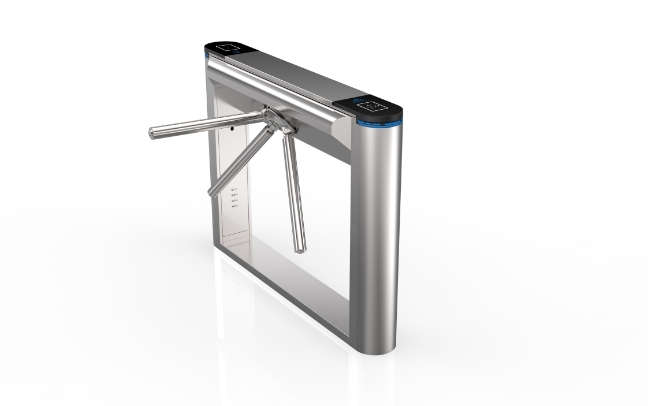
✅ Practical Setup And Maintenance Tips
- Choose “with memory” mode when you want the gate to remember multiple valid taps and process them in order; use “without memory” for tighter one-card-one-pass control.
- Tune the auto-reset time after short on-site trials; a few seconds too long or too short can create hesitation at the arm.
- Build a lightweight preventive routine: check rotation smoothness, verify LEDs, and confirm drop-arm readiness. Minutes per lane now prevent downtime later.
- Use simple wayfinding – floor arrows and overhead signs – to align passengers before the reader. Clear queues are faster queues.
- Why The Economics Work?
The business case is straightforward. By lowering noise and vibration, the mechanism lasts longer and needs fewer interventions. Anti-tailgating and anti-reverse cut revenue leakage. Automatic reset and crisp LED feedback shorten stall time after invalid reads. Together, these gains raise effective capacity without adding staff. For agencies comparing options in metro station access control solutions (long-tail keyword), tripod turnstiles hit a practical balance: compact, robust, and ready for integration.
- Built For Real Environments, Indoors And Out
Stations are not labs. Doors open to wind and dust. Crowds surge after a delay. Power events happen. Turboo designs for these realities. The construction supports outdoor deployment, and a single machine can operate as a full lane, enabling flexible entrance design at street level or in semi-open concourses. When power drops, the arm falls to enable free passage; once power returns, the lane is ready to lock and resume normal control. This predictable behavior keeps safety policies intact even during incidents.
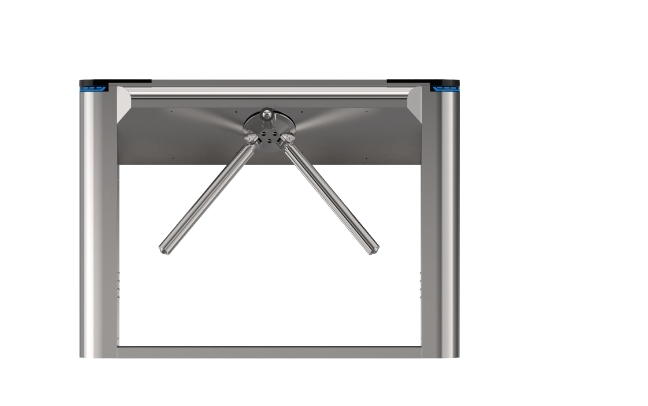
What Sets Turboo Apart – and How To Move Forward
Turboo’s advantage is focus. We specialize in intelligent pedestrian access control, so every improvement is aimed at the same outcome: smoother, safer peak-hour movement. Our engineers refine tolerances that most riders never see but every operator feels in uptime. Our product teams standardize interfaces so integration is a connection, not a project. And our service approach treats each station as a living environment, not a one-time installation.
For agencies planning upgrades or new lines, the path is clear: pilot a Tripod Turnstile For Metro Station in a representative site, gather throughput and exception data, tune reset timing and memory mode, then scale with confidence. The same hardware can evolve with your fare media and your policy choices, protecting today’s budget while preparing for tomorrow’s needs in rush hour crowd management (long-tail keyword).
Call To Action – Let‘s Keep Your City Moving
Ready to cut queues, protect revenue, and improve rider experience during peak hours? Talk to Turboo about a tailored Tripod Turnstile For Metro Station configuration – credential options, integration details, and evacuation settings included. Our team can help you plan a pilot lane, validate results, and scale across the network with lifecycle support that meets your service targets.










